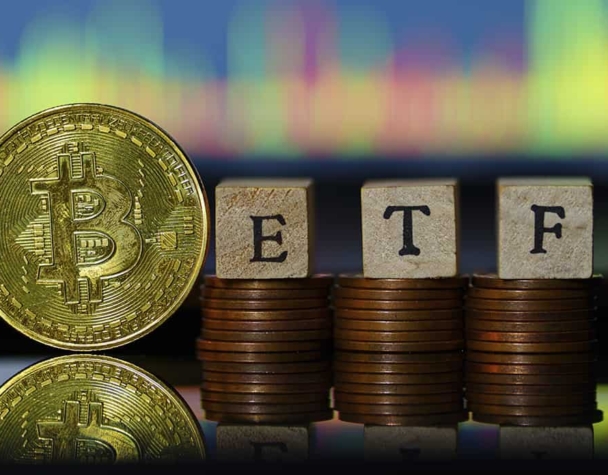
ETF Markets Shift Amid Tariffs, Stagflation Fears, and European Trends
Thu, April 03, 2025U.S. Tariffs Trigger Volatility and Defensive Rotation in ETF Markets
The global ETF landscape has been shaken by the recent announcement of sweeping tariffs from the United States, with significant implications for equity and bond funds. President Donald Trump’s April 2 declaration introduced a 10% baseline tariff on all imports, escalating to 34% on goods from China, 26% on Japanese products, and 20% on European Union exports. The move caused a ripple effect across major equity ETFs.
U.S.-listed ETFs like the SPDR S&P 500 ETF Trust (SPY), Invesco QQQ Trust (QQQ), and Dow Jones Industrial Average ETF (DIA) saw sharp declines, with QQQ falling as much as 3% in after-hours trading. These ETFs, which hold large-cap companies with global supply chains, were hit hardest as investors priced in increased production costs and potential retaliatory trade measures. Tech giants such as Apple and Tesla led the downturn, dragging indexes lower. (Investopedia)
With markets on edge, investors have begun shifting capital toward defensive assets. Bond ETFs, especially those focused on U.S. Treasuries and investment-grade debt, are drawing increased attention. The iShares Core U.S. Aggregate Bond ETF (AGG) is up 3% year-to-date, outpacing the S&P 500, which has declined by over 3.5%.
Rising stagflation fears—characterized by slowing economic growth and persistent inflation—are accelerating this trend. According to MarketWatch, investors are looking to shorter-duration bonds and inflation-protected securities as effective tools for portfolio stability.
European ETFs Surge as U.S. Investors Seek Global Growth Opportunities
While domestic ETFs struggle, European-focused ETFs are seeing a remarkable resurgence. In Q1 2025 alone, U.S. investors funneled a record $10.6 billion into European ETFs—seven times more than the same period last year. The movement, dubbed “Make Europe Great Again” (MEGA), reflects growing optimism in European equities amid renewed investment initiatives and more stable monetary policies abroad.
This capital shift aligns with a broader rebalancing away from U.S.-centric holdings due to political and economic policy uncertainty. ETFs like the iShares Europe ETF (IEV) and Vanguard FTSE Europe ETF (VGK) have been top beneficiaries of this renewed interest. (Reuters)
At the same time, innovation in ETF product development continues. The recent launch of the Brookmont Catastrophic Bond ETF (ILS) gives investors access to high-yield catastrophe bonds, offering portfolio diversification with low correlation to traditional assets. With the catastrophe bond market topping $52 billion, this ETF caters to yield-seeking investors navigating turbulent times. (Financial Times)

